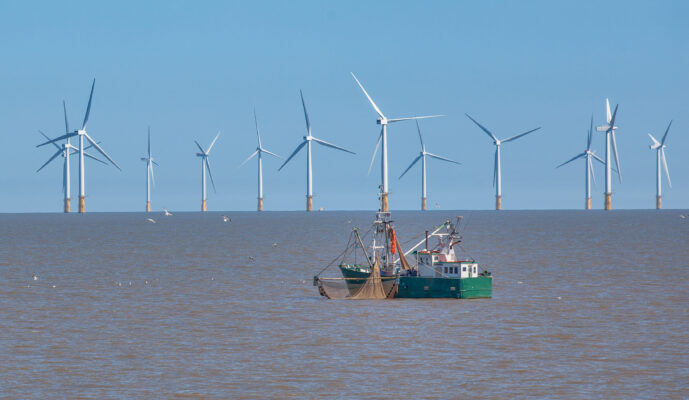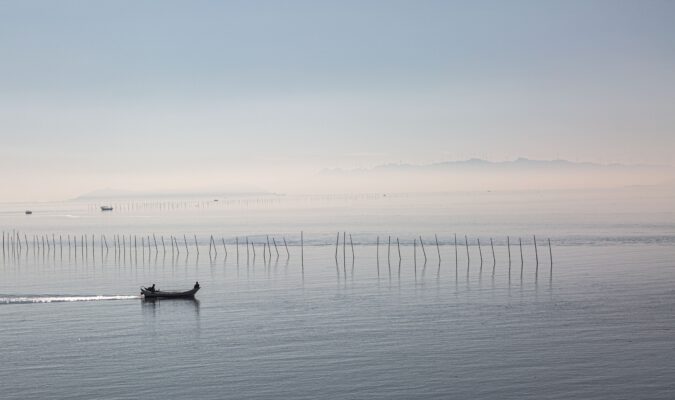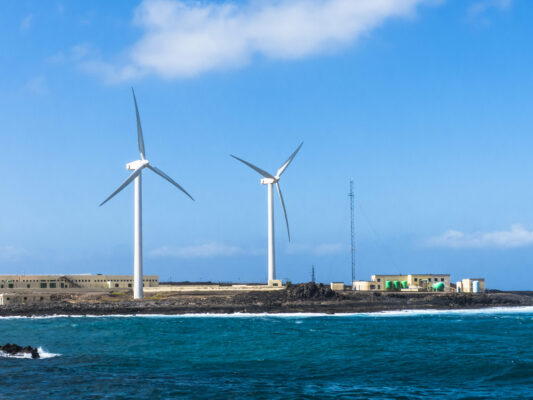RWE, one of the frontrunners in the offshore wind industry, has teamed up with Linnaeus University and Baltic Offshore Kalmar AB to study the ecological benefits of artificial reefs at offshore wind farms. The research focuses on the potential of these reefs to create welcoming habitats for mussels, algae, and fish species in the Baltic Sea. The heart of this ecological experiment is the Kårehamn wind farm, a 48 MW marvel with 16 turbines, located 7 km off the Swedish coast.
Sven Utermöhlen, CEO of RWE Offshore Wind, is enthusiastic about the company’s commitment to sustainability: “As a global leading offshore player, we are responsible for operating wind farms in harmony with nature. To deliver green electricity, we invest billions of euros annually in wind power. We are committed to expanding our portfolio in an environmentally friendly way.”
Professor Catherine Legrand from Linnaeus University is equally excited: “The study at the Kårehamn wind farm is unique in many aspects. As a shared marine space, an offshore wind farm offers excellent potential to produce green electricity, as well as providing habitat provision for marine life with no conflict. It is both exciting and challenging to follow the biodiversity of marine life almost in real time at the wind farm site.”
After months of meticulous planning, including water sampling, seabed assessments, and eDNA analysis to identify local species, the project has entered its practical phase. RWE has submerged 180 carbon-neutral, plastic-free Reef Cubes®, crafted by ARC Marine, on the seabed to see how marine life takes to these new structures. This phase of the study will continue until 2026, offering a treasure trove of data on the benefits of artificial reefs.



